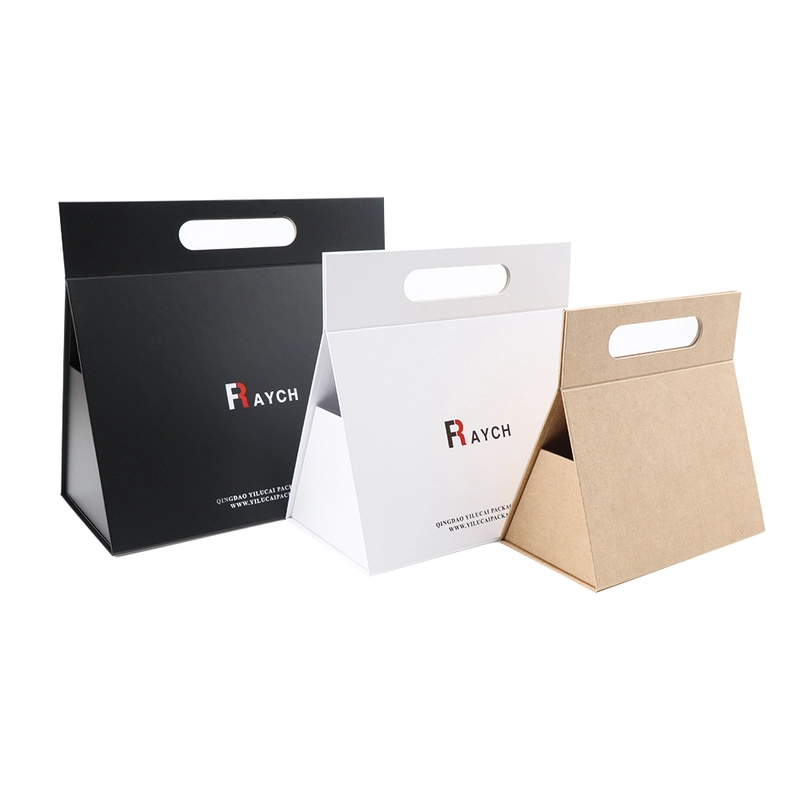Introduction to common packaging box structures, how many types do you know?
Release time:
2025-06-20
There are many types of packaging boxes. From a structural perspective, there are the top-and-bottom combination type, the embedded combination type, the left-and-right opening type, and the wrapped combination type. These types lay the foundation for the basic structure of gift boxes. Within this basic structural framework, designers create a myriad of box types, adding a touch of splendor to product packaging.
What are the common box structures for packaging boxes?
There are many types of packaging boxes. From a structural perspective, there are top-and-bottom combination styles, embedded box-type boxes, side-opening styles, and book-type styles. These types form the basic structure of gift boxes. Within this basic framework, designers create a myriad of box shapes, adding a touch of elegance to product packaging. Today, we will provide a basic introduction to common packaging box types:
I. Ordinary Box Type (Double-Insert Lock Box)
This is a very common box type, widely seen on the market, with a simple design structure. Although simple in structure, it can be considered the ancestor of paper packaging boxes, the most original type. With top and bottom inserts, the top and bottom are usually symmetrical, but can also open on one side, making it convenient for packaging and widely applicable, suitable for lighter items.
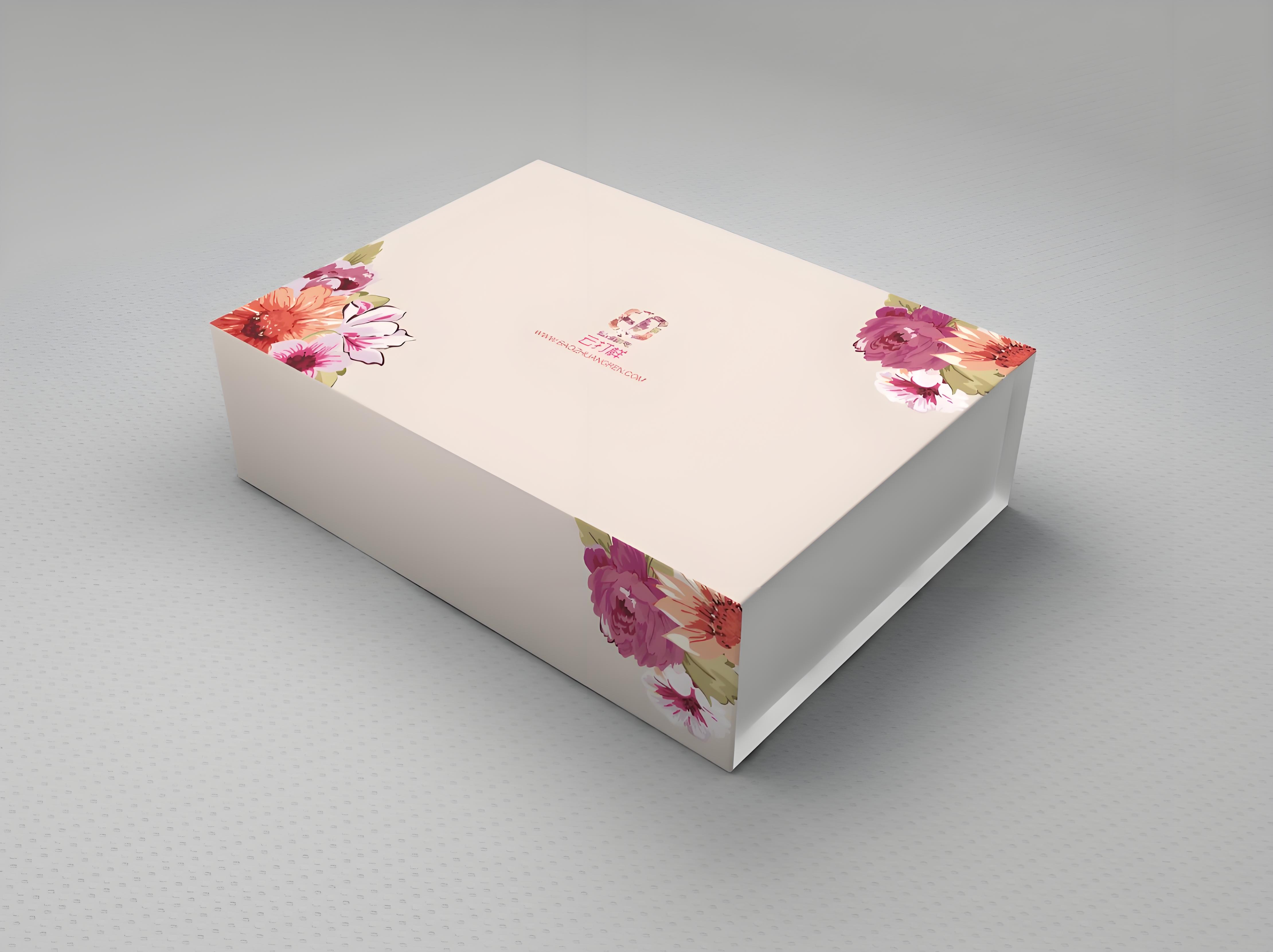
II. Airplane Box Type
Airplane boxes are mainly used for packaging items that are not too large and are easy to transport. Its unfolded shape resembles an airplane, hence the name. The packaging box unfolds into a single sheet of paper, using structural design to achieve one-piece molding, eliminating the need for gluing, saving processing costs.
The biggest advantage of airplane box packaging is its good pressure resistance and convenient folding. This box type is also widely used in the market. From express packaging to high-end luxury packaging, you can see airplane boxes.
Airplane boxes are non-precision printed products, so overly complex patterns cannot be used during printing. When designing the logo, note that the colors should not be too numerous or complex; in terms of weight, it is relatively heavy, and the volume is not too small, so shipping costs need to be considered.
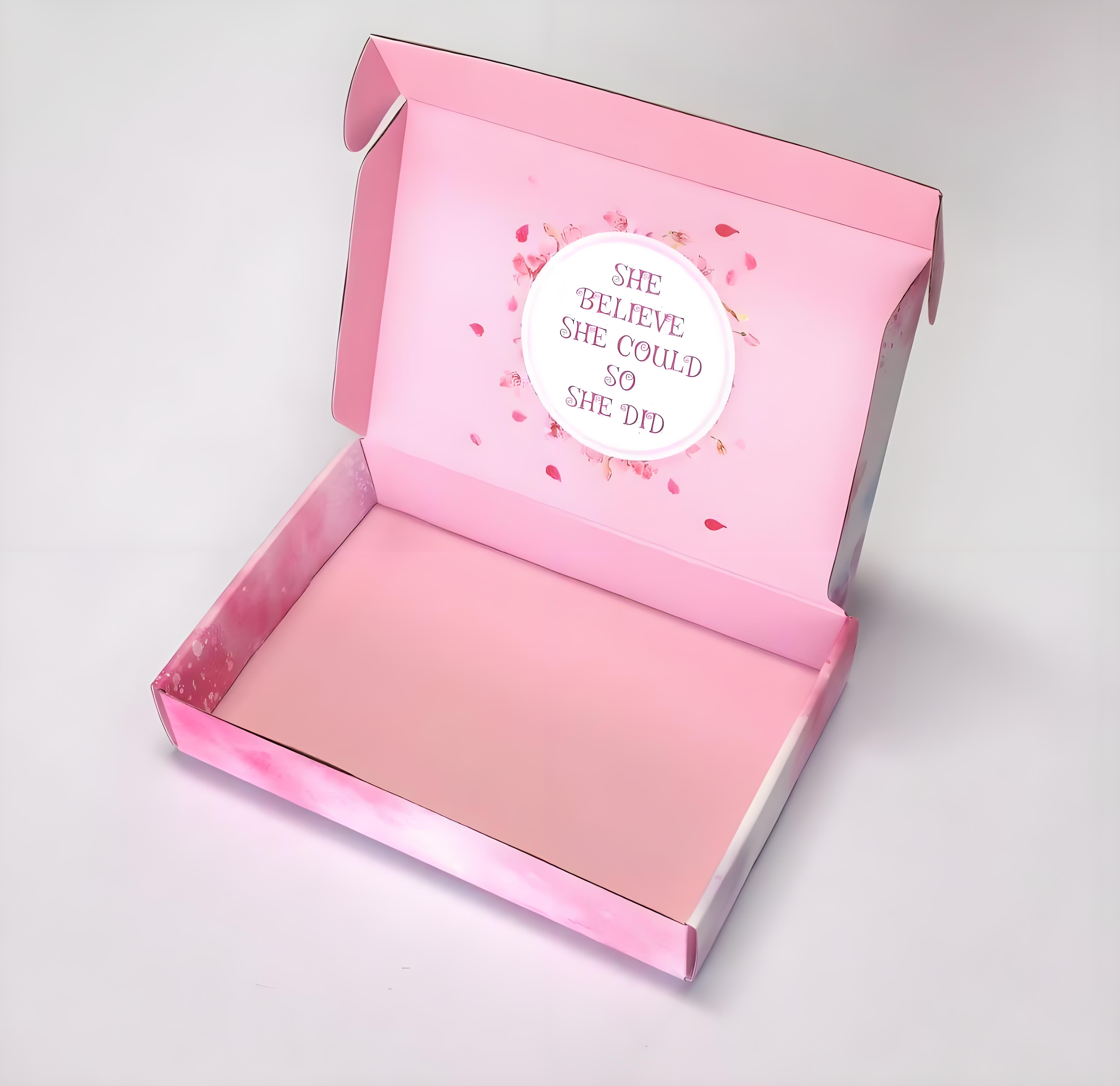
III. Drawer-Type Box
The box is shaped like a drawer, with a classic pull-out structure, consisting of a box body and a drawer, easy to pull out and close, divided into a lid and a body. The box body, also called the outer box, comes in two forms: one-side opening and two-side opening. This box type, with its double-layer structure and pull-out features, is sturdy and easy to use.
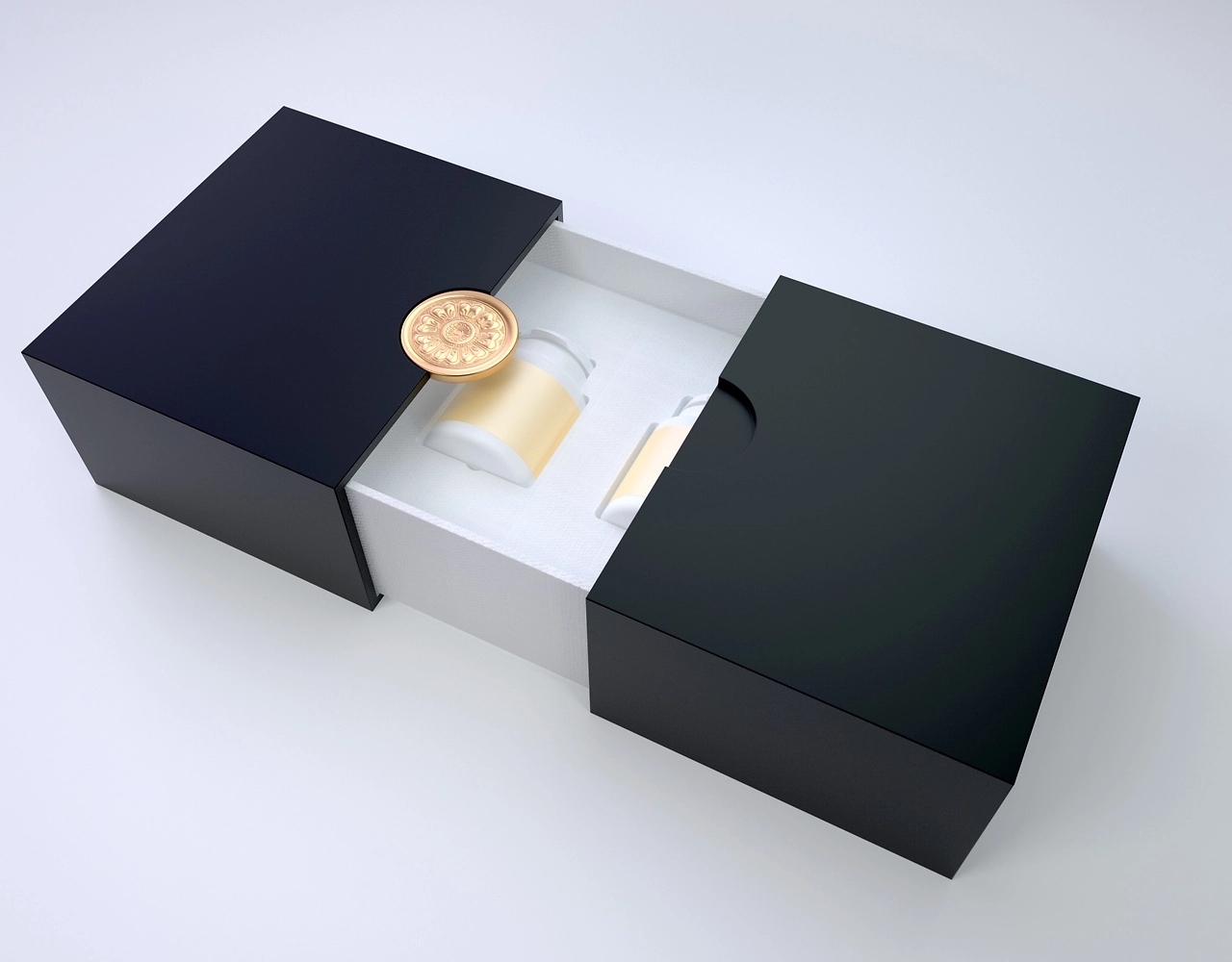
IV. Top-and-Bottom Lid Box Type
Divided into a lid and a bottom box, the two are separate, using more paper and slightly higher cost, but with good texture. Double-layer thickness can be used to increase sturdiness, suitable for high-end gift boxes, such as clothing, jewelry, or food gift boxes, enhancing the product image.
Because the top-and-bottom lid box type is simpler than flip-top boxes, folding boxes, and drawer boxes, even top-and-bottom lid boxes with borders are not complex. A top-and-bottom lid usually has a top lid and a bottom lid, with the top lid fully or partially covering the bottom lid, making it easy to open. Under the same conditions, the cost of making a top-and-bottom lid is often lower than other box types. In addition, the advantage of the separate lid greatly improves the load-bearing capacity of the packaging box, meeting the basic needs of packaging and transportation.
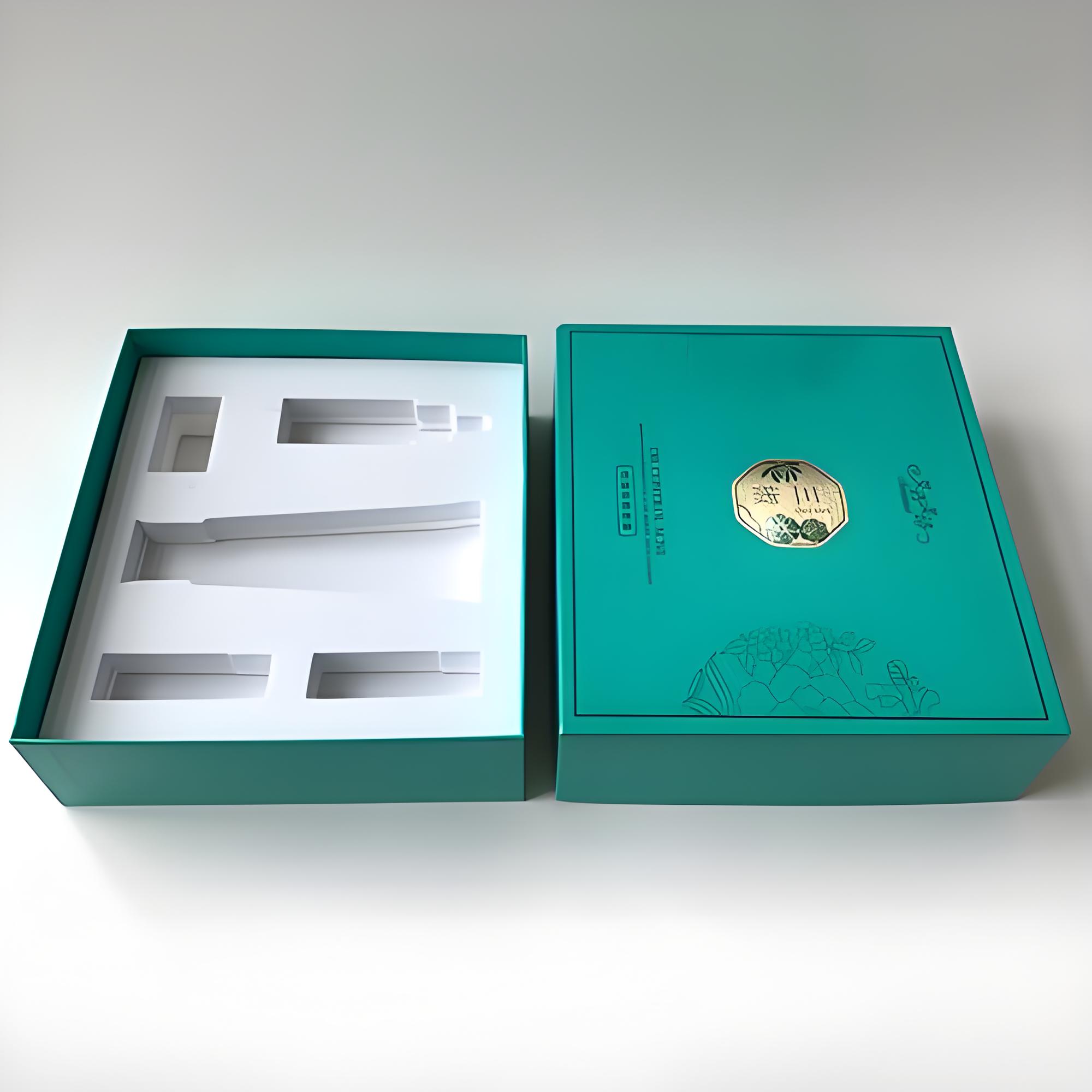
V. Window Box Type
The window box type involves cutting holes or adding transparent cellophane to the paper box to allow for product visibility, allowing products to be displayed directly, facilitating customer observation, making it easier for consumers to select goods, increasing product credibility, and improving consumer purchasing decisions. Products with beautiful appearances can highlight their advantages and be more competitive.
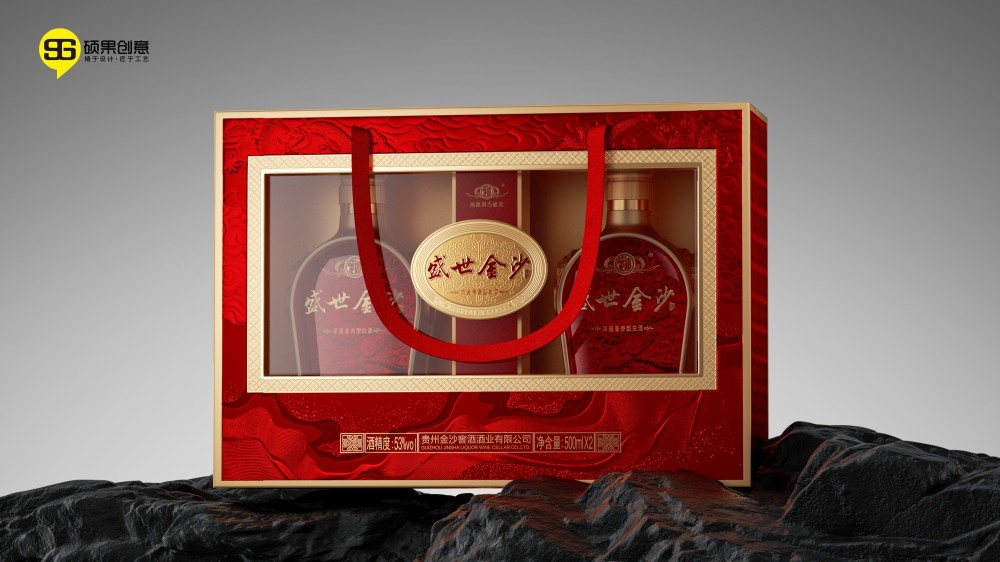
VI. Hand-Carry Box Type
Hand-carry boxes have good load-bearing capacity, with a top handle design, convenient assembly and disassembly, and are the most commonly used box type for gift boxes. The biggest feature is its portability. However, attention should be paid to whether the product's volume, weight, material, and handle structure are appropriate to avoid damage during use.
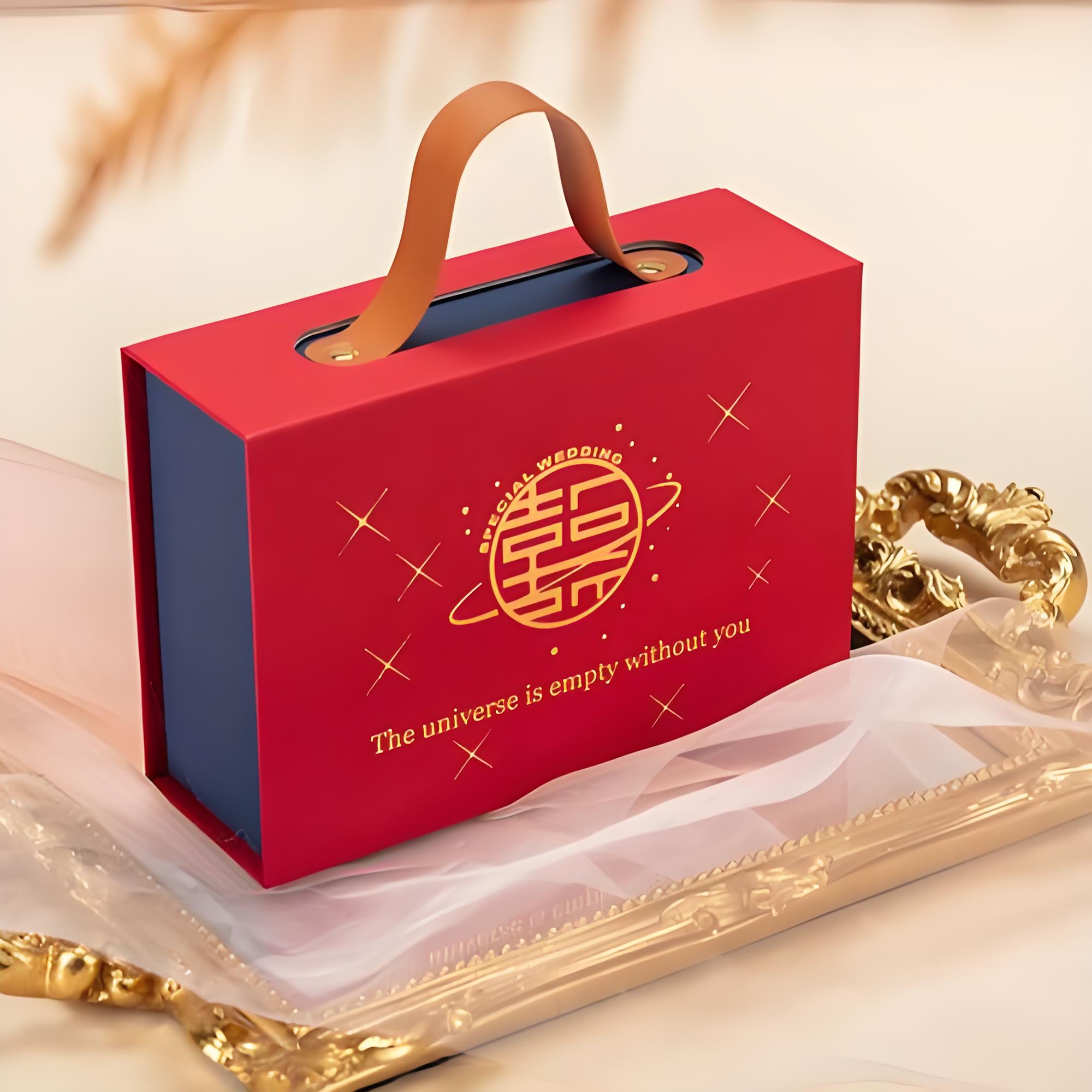
VII. Hanging Box Type
Hanging packaging allows small items such as batteries, stationery, toothbrushes, and earphones to appear in supermarkets at the best position and angle, facilitating shelf display.
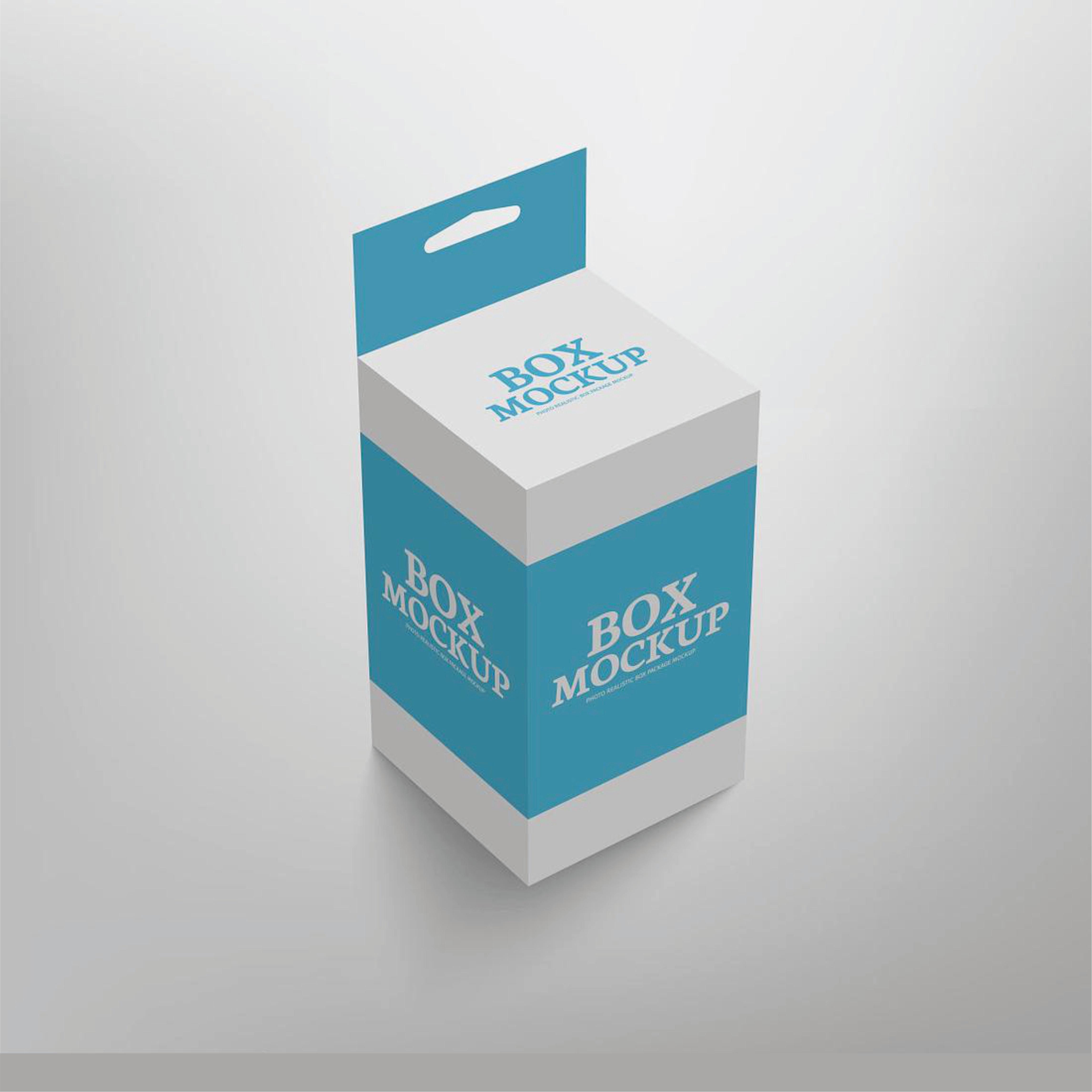
VIII. Display Box Type
In today's wide array of products, what often catches people's eyes first are the products in display boxes. Display box packaging plays a very important role in product sales, especially in attracting consumers, increasing product added value, meeting consumers' spiritual needs, and consolidating brand and corporate image. This is increasingly recognized and is widely used in current blind boxes and figurines.
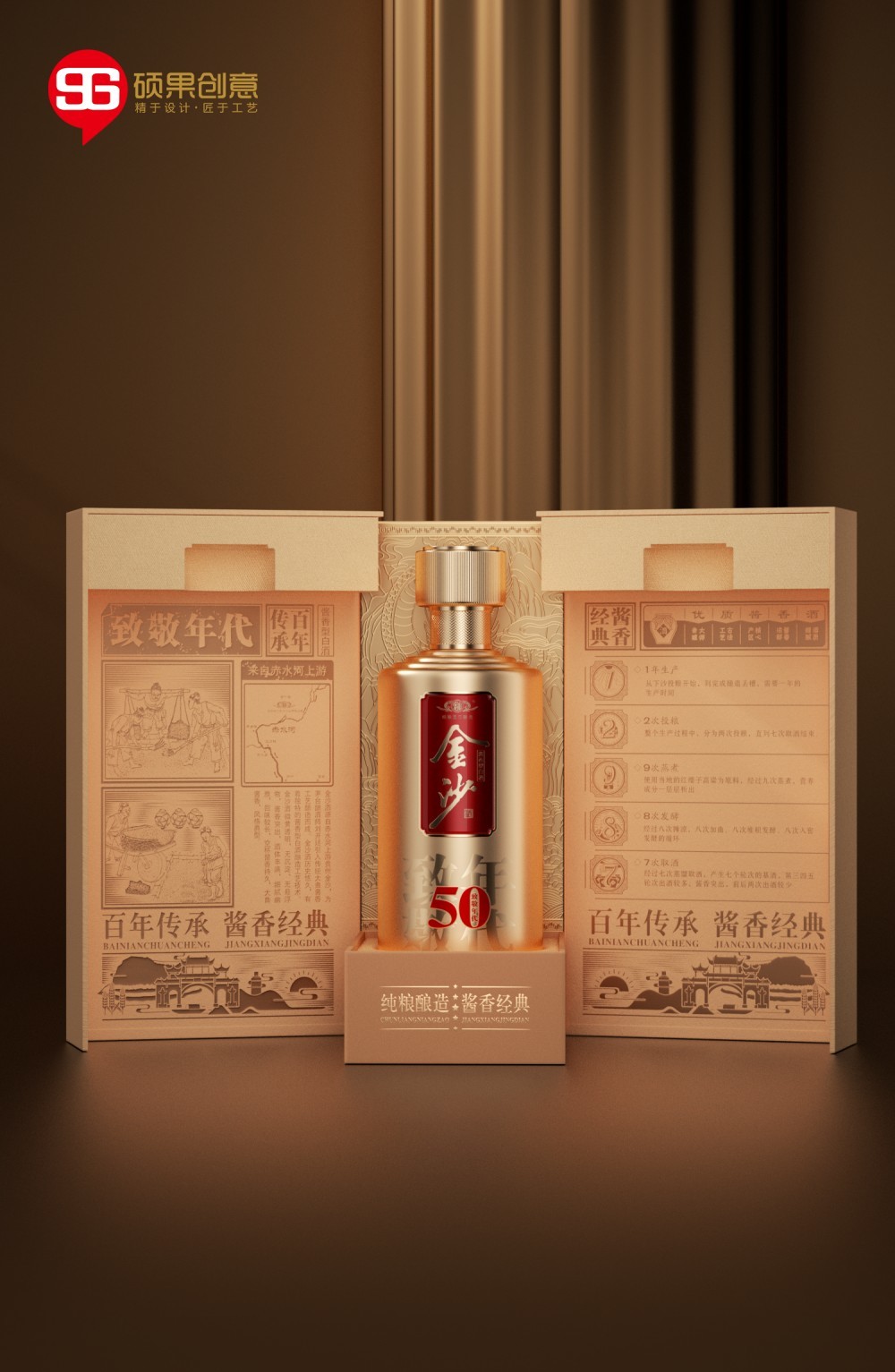
IX. Book-Type Box
The packaging style resembles a book, opening from one side. The box consists of a front panel and a bottom box. Materials are chosen based on the customized size and function of the packaging box. Some box types are single-flap or double-flap; double-flap boxes consist of a bottom box and two covers. Double-flap packaging boxes require relatively complex craftsmanship.
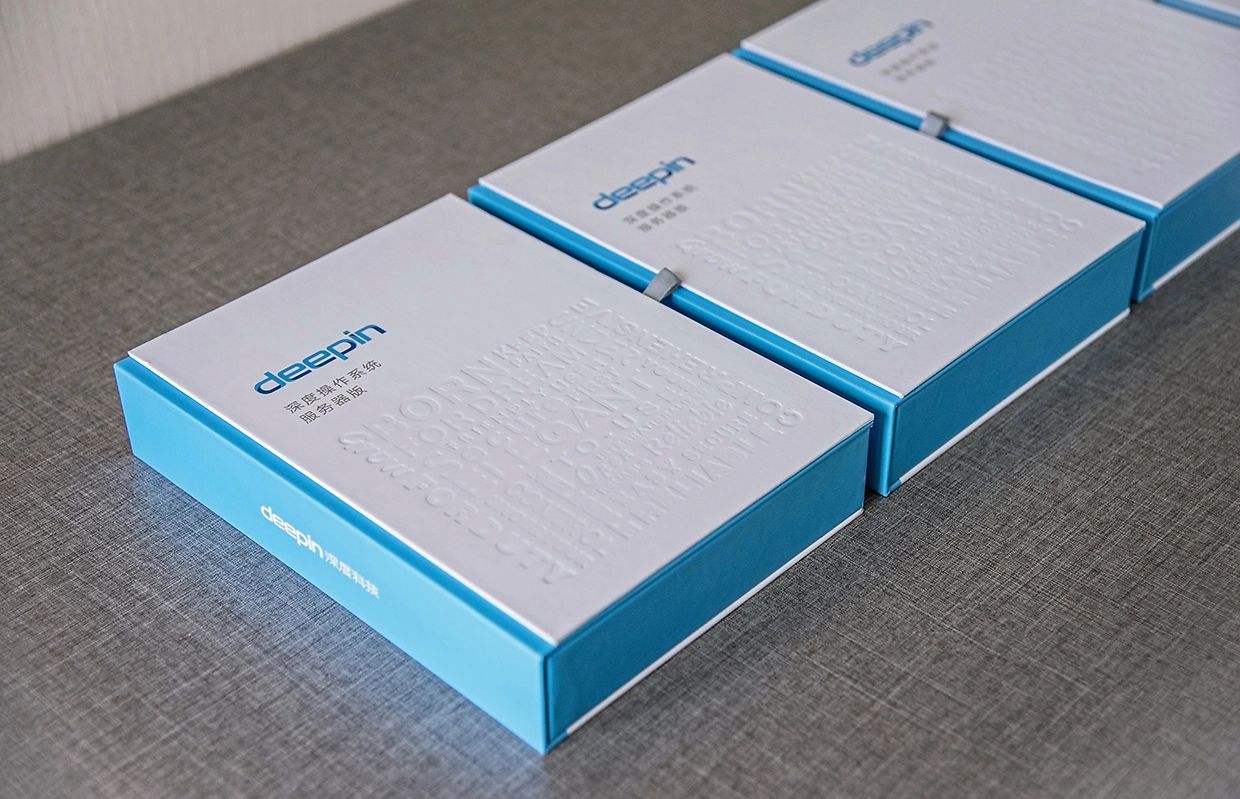
X. Irregular-Shaped Box Type
Irregular-shaped boxes emphasize the uniqueness of their structure and attractive appearance. Therefore, irregular-shaped boxes require greater design creativity and manufacturing difficulty than other box types. However, irregular-shaped box packaging designs have unique shapes, rich artistry, and practicality. The uniqueness lies in the addition or subtraction of the box's sides, shapes, quantity, and direction. They can be made into various shapes and are often used for gift packaging.
